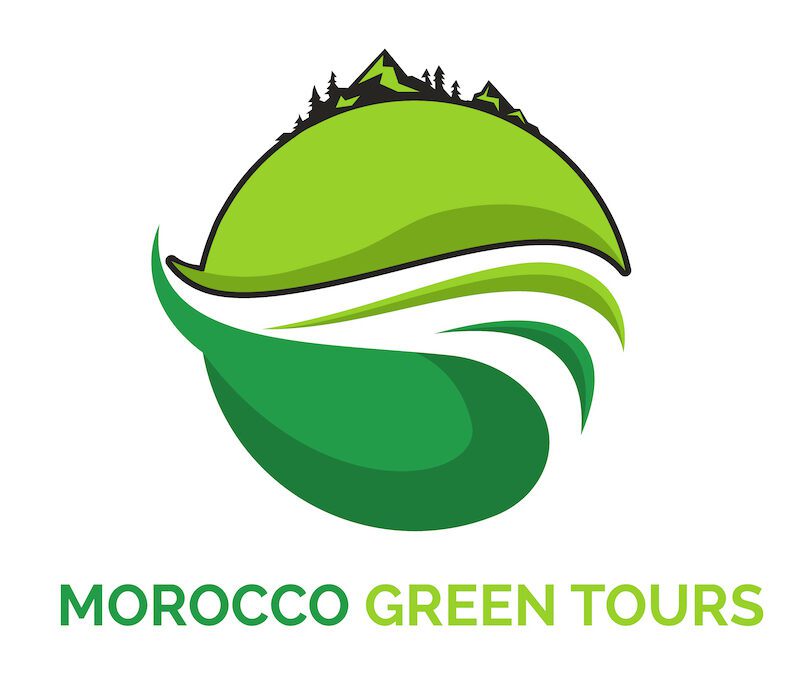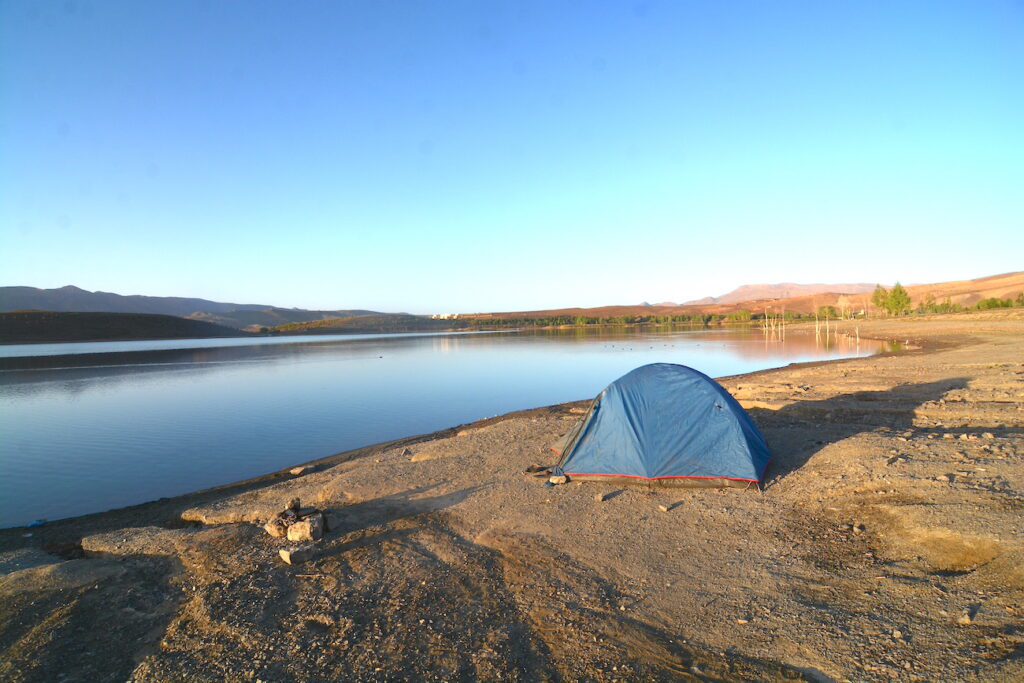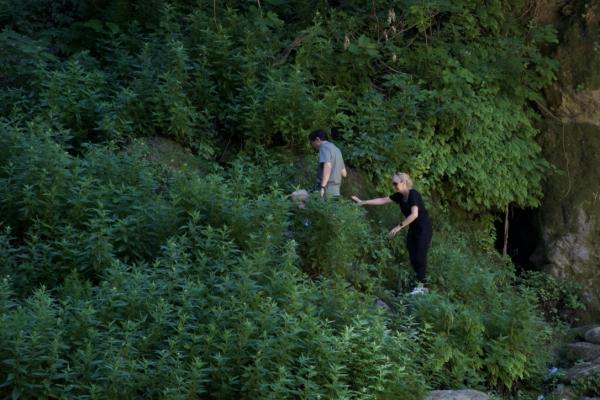Argan Trees: Morocco’s Nature Legacy
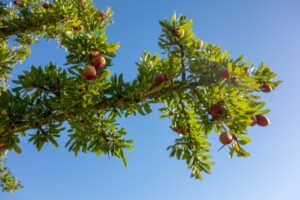
The Argan tree, a remarkable gift from nature, flourishes in Morocco’s harsh terrain. These ancient trees, revered as a representation of resiliency, cultural relevance, and ecological importance, have grown deep roots in Moroccan history and society. The Argan tree’s special qualities have made it the cornerstone of sustainable practices, sustaining regional economies and providing a plethora of advantages. As we explore the unique history of Argan trees in Morocco and their deep impact on nature, culture, and sustainable development, we invite you to join us on a fascinating journey.
The Moroccan landscape has been adorned by Argania spinosa trees, known scientifically as argan trees, for thousands of years. These resilient trees can tolerate drought, hot temperatures, and strong winds because they have evolved to withstand the challenging environment of southwestern Morocco. Their substantial presence is essential for halting soil erosion, protecting water supplies, and preserving the delicate ecosystems of the area. Argan forests were given additional ecological value by UNESCO when they were designated as a Biosphere Reserve, recognizing their significance.
Argan Trees adaptations:
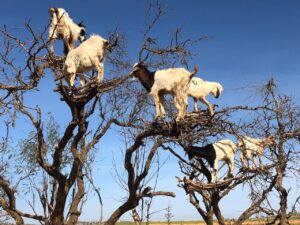
The Argan tree, or Argania Spinosa, has evolved some amazing defense mechanisms to withstand the severe circumstances of its native Morocco. Because of their adaption, these trees can survive in arid and semi-arid areas with little rainfall and high temperatures. Their extensive root structure is one prominent adaption that enables them to access subsurface water sources and ensures their survival during protracted droughts. Their tiny, leathery leaves also aid in lowering water loss through transpiration, allowing plants to retain moisture in the dry climate. The Argan tree’s thick, prickly branches also serve as a barrier against wind and animals who like to browse. Due to these adaptations, Argan trees are not only able to resist harsh weather conditions, but they also play a crucial role in the ecosystem by offering shelter and cover to a range of wildlife species.
Where can Argan trees grow?
The majority of Argan trees, or Argania Spinosa, are found in southwestern Morocco, Particularly the region of Essaouira and Agadir and the Anti-Atlas mountains, where they have long existed organically. But similar trees can also be grown in other parts of the world with the right care and climatic conditions. Climates that range from semi-arid to arid, well-drained soil, and sufficient sunlight are necessary for good growth. As a result, initiatives to produce Argan trees outside of Morocco have been made in areas with comparable environmental qualities. Some regions in southern Spain, particularly sections of Andalusia, have demonstrated potential for fostering the growth of Argan trees. Other nations with similar conditions have also started argan tree production efforts, including Australia, areas of North Africa, and California in the United States. Although they still only have a natural range in southwestern Morocco.
Argan Oil in Morocco:
Argan oil, which is frequently called “liquid gold,” is evidence of the exceptional properties of argan trees. Argan oil, which is obtained from the nuts contained within the fruit of the tree, is valued for its cosmetic, culinary, and therapeutic qualities. Hand-cracking the nuts, cold-pressing them, and purifying the resulting oil are all steps in the painstaking manufacture of argan oil. This time-consuming process guarantees the highest quality and protects the oil’s priceless nutrients, making it a highly sought-after component in cosmetic, haircare, and culinary uses around the world.
The importance of the Argan tree transcends its ecological and cultural components. Through the creation of employment possibilities and the encouragement of financial independence, the expansion of the argan sector has helped local populations, particularly women, feel more empowered. Women’s cooperatives have established themselves as the primary centers for the production of argan oil, enabling fair trade principles and developing a long-term market for this priceless good. The Argan forests have advanced local development, environmental protection, and the retention of traditional skills thanks to initiatives in responsible tourism and sustainable management.
ARGAN TREES AND SUSTAINABLE TRAVELING
Travelers looking for genuine and sustainable experiences in Morocco come from all over the world to experience the charm of Argan trees. To learn about the value of Argan trees, see how the traditional oil is made, and help local communities, tourists can participate in eco-friendly activities including guided walks, tree-planting campaigns, and educational workshops. By purchasing Argan oil items made with ethically sourced ingredients, supporting community-led projects, and taking care of the delicate habitat around the Argan forests, responsible tourists can help preserve this natural legacy.
It becomes clear that the significance of Argania spinosa trees extends far beyond their actual presence as we consider their tremendous impact in Morocco. These magnificent trees represent the tenacity of the natural world, the depth of cultural legacy, and the possibility of sustainable development. Morocco demonstrates the strength of naturally based solutions and good practices by recognizing the significance of Argan trees, both ecologically and socioeconomically. Let’s treasure and safeguard this priceless gift from nature so that future generations can continue to be in awe of the splendor and riches of Morocco’s Argan trees.
